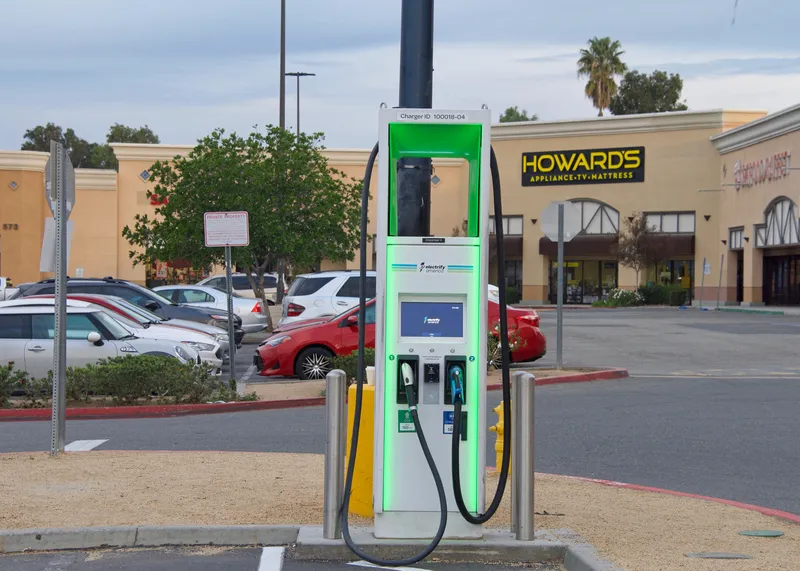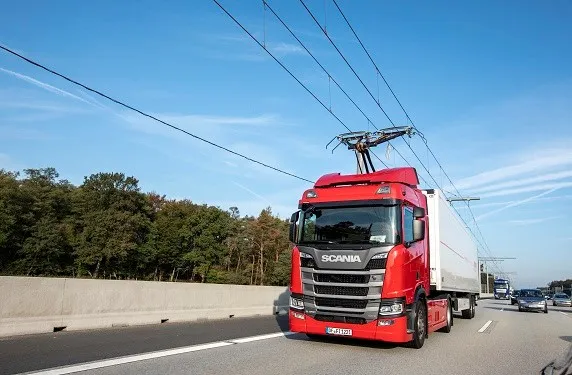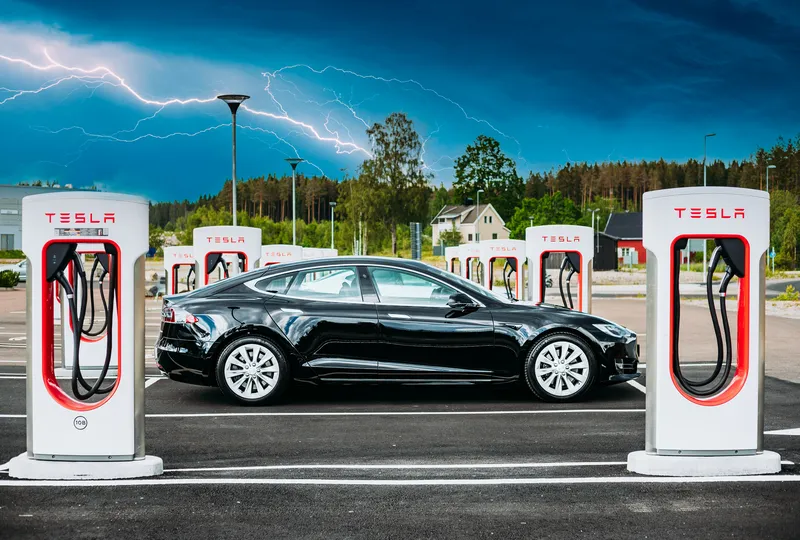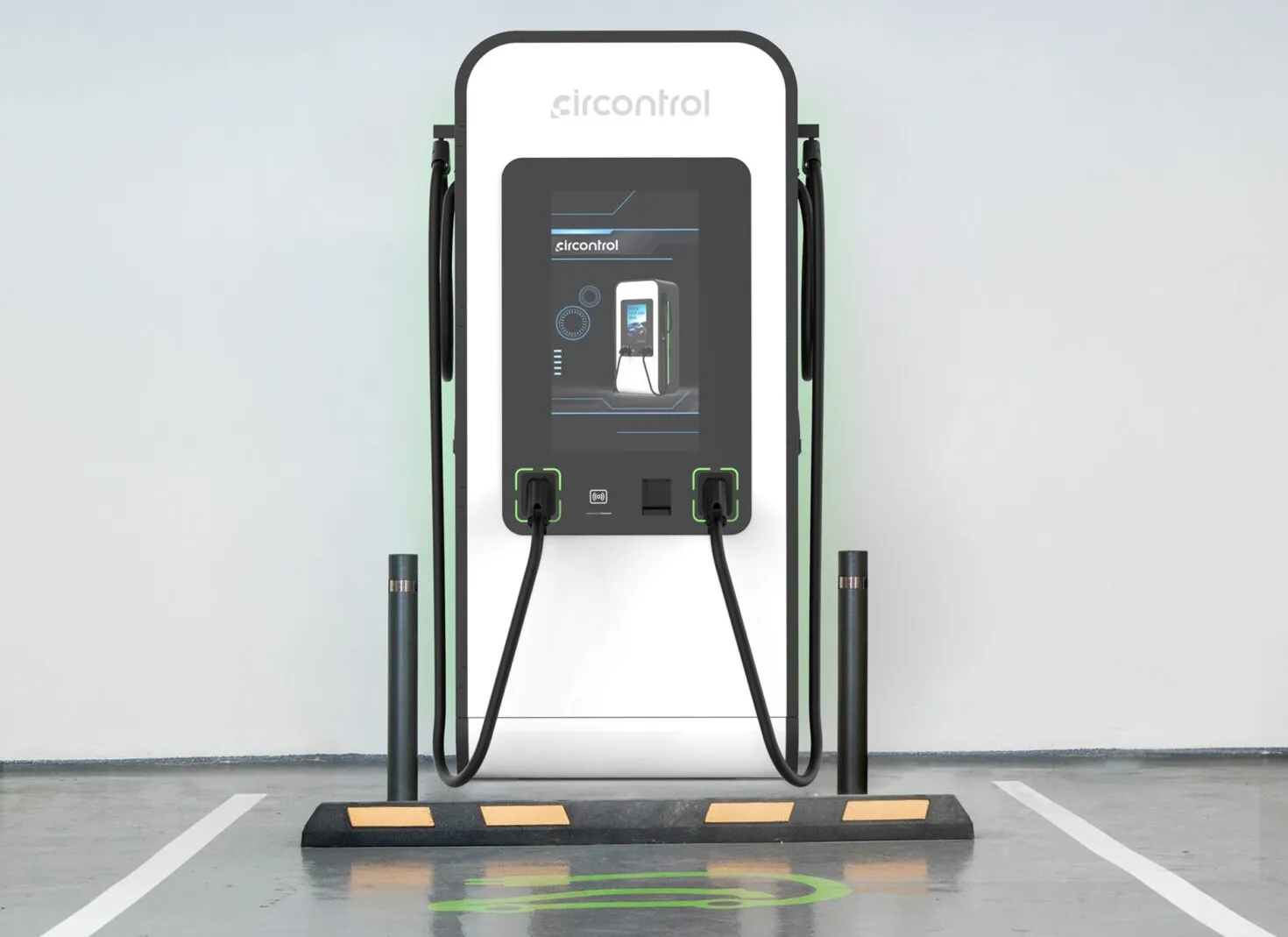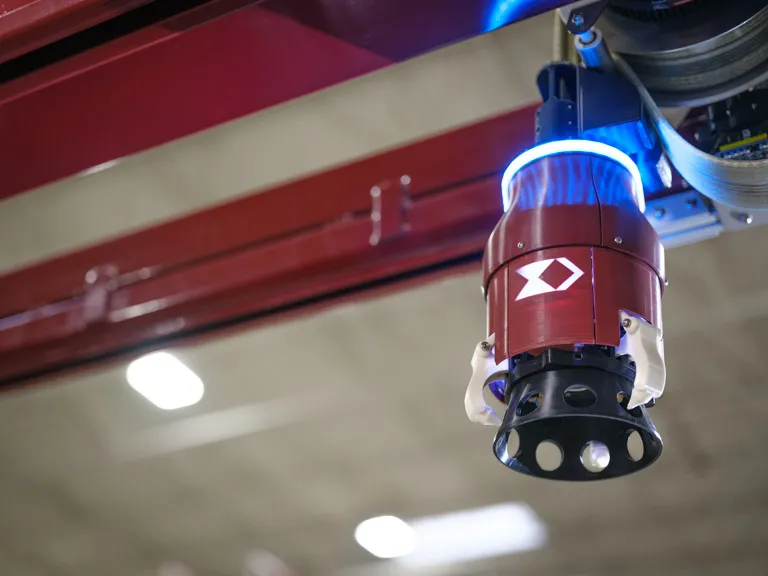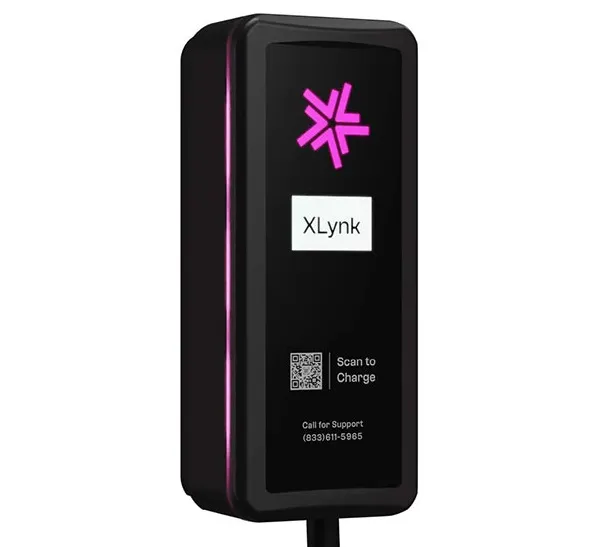EVC&I had fascinating chat on the subject of EV charging reliability with Ian Mayhew of Yunex Traffic at the London EV Show.
He gave an excellent breakdown of how current regulatory developments around the world - the US NEVI EV charging funding, the proposed UK rules requiring CPOs to deliver 99% charger reliability rates, and the forthcoming EU AFIR regulations on alternative fuels infrastructure - will impact the reliability of #EVcharging infrastructure.
Ian highlighted that the EU's AFIR regulations, due to come into effect in April 2024, do not mention EV charger reliability.


